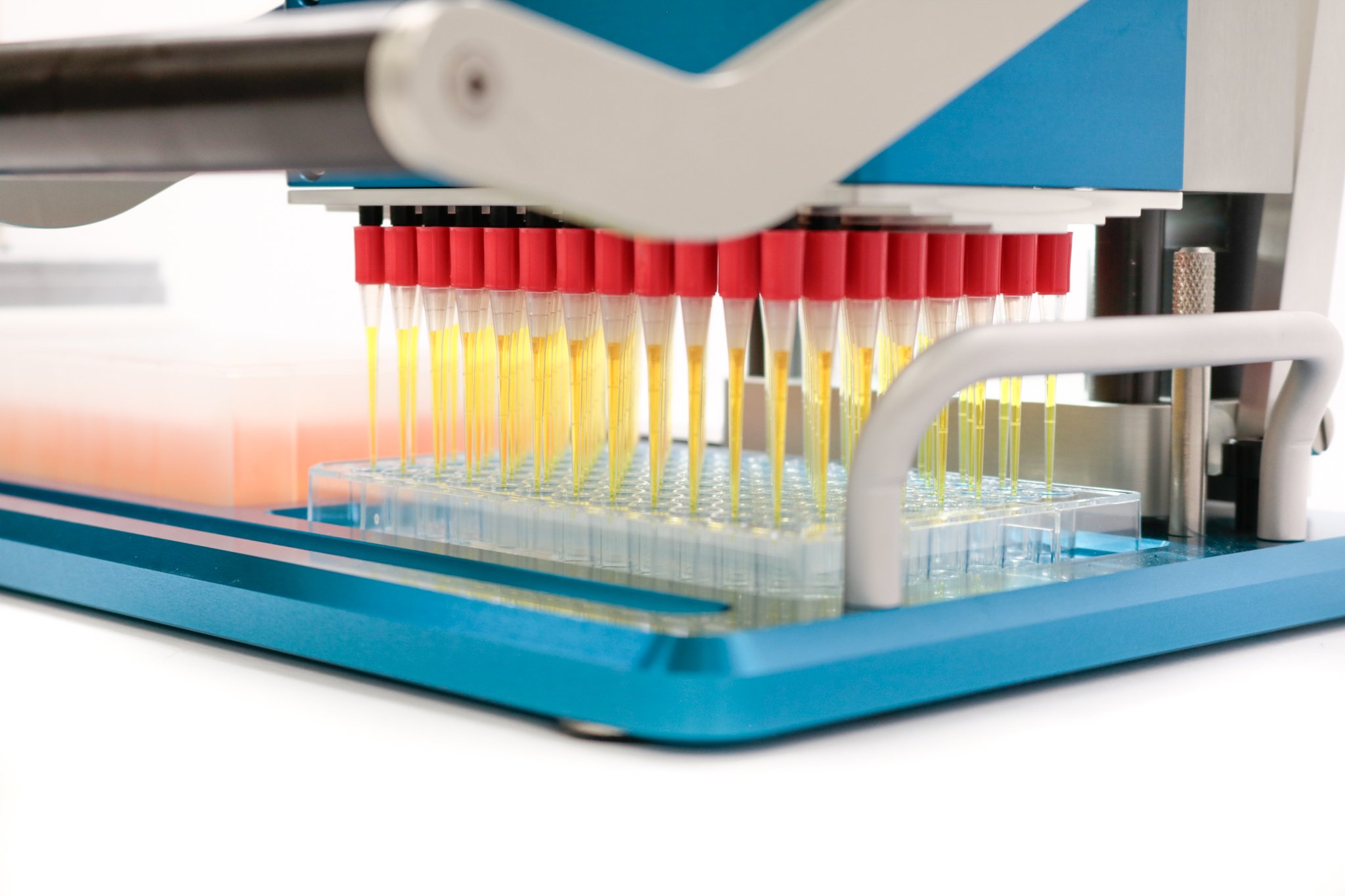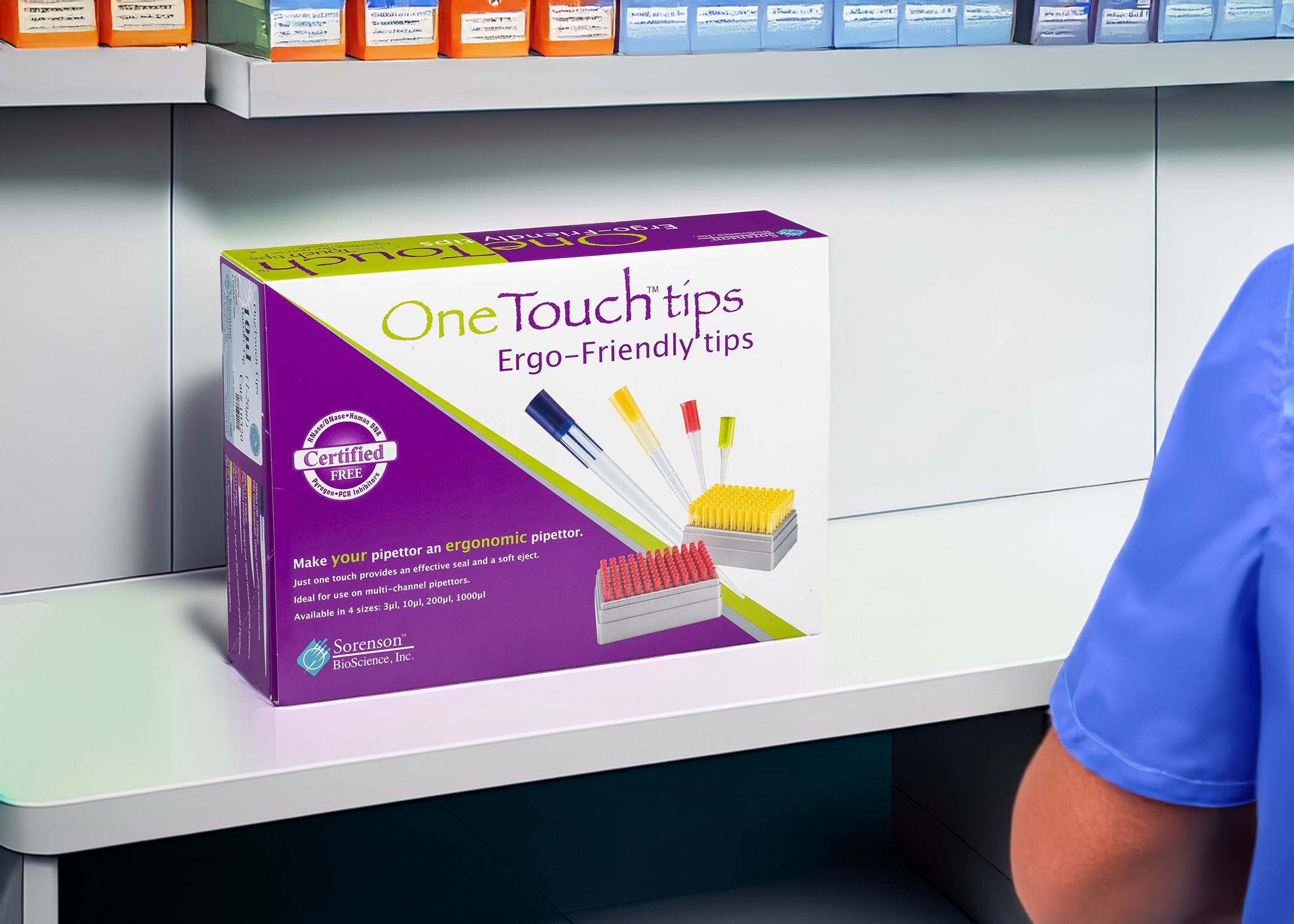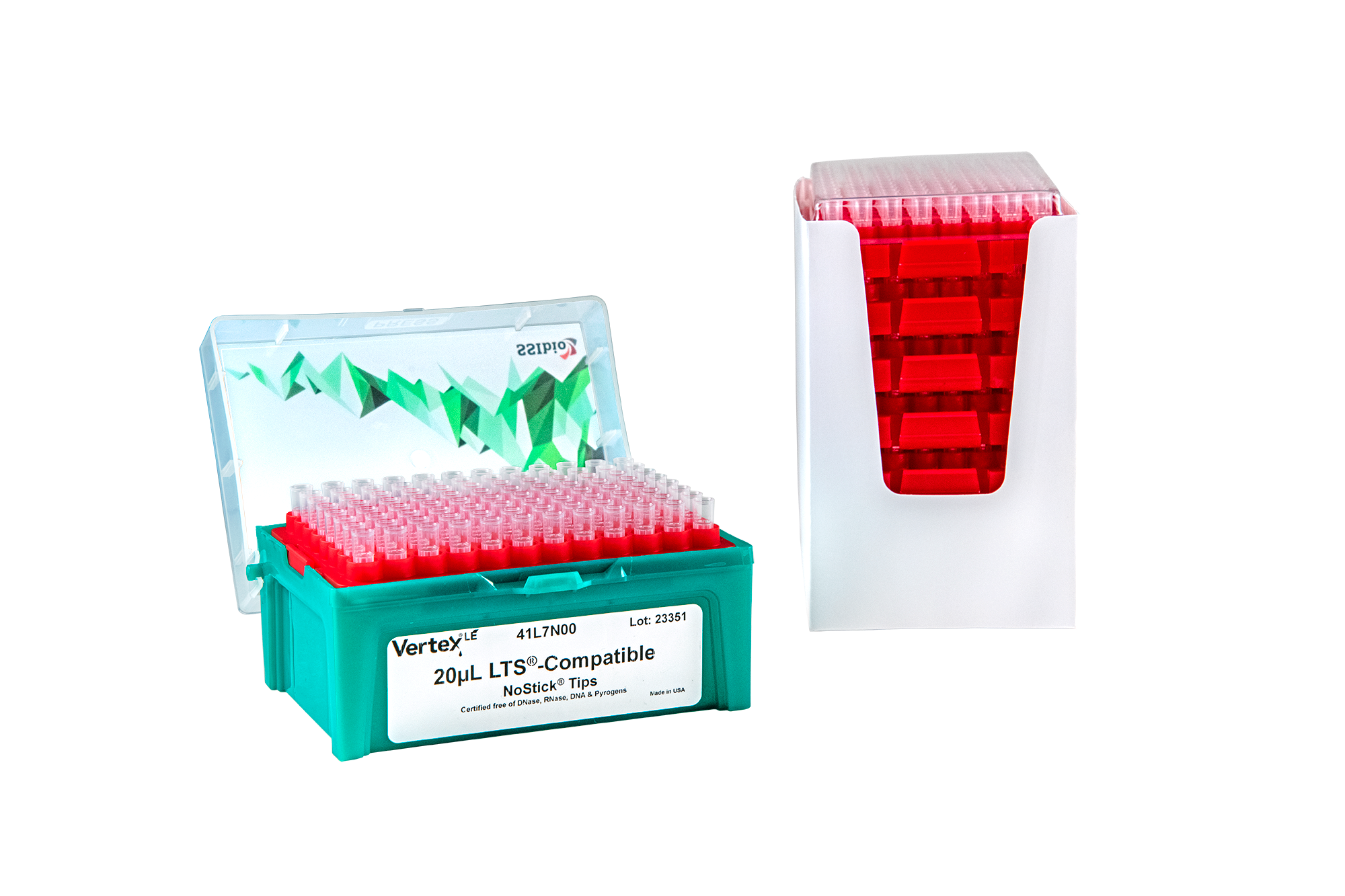
Precision Liquid Handling for PCR and qPCR: Tips and Tools
PCR and qPCR workflows require high precision in liquid handling. Discover tips and recommended tools that ensure accuracy, including low-retention and filtered pipette tips.

The Evolution of Pipetting Techniques in Modern Laboratories
Pipetting techniques have evolved from manual to automated processes, transforming lab efficiency. This post explores the history, advancements, and future trends in pipetting technology.

Boosting Efficiency with Multi-Channel Pipettors in Genomics Labs
Multi-channel pipettors are a productivity game-changer in genomics labs. Discover how they increase throughput, reduce errors, and streamline workflows in high-volume environments.

The Importance of Calibration in Lab Pipetting Equipment
Calibration is essential for maintaining the accuracy and longevity of pipetting equipment. This post explains why calibration matters and how to ensure compliance in your lab.

How to Choose the Right Pipettor for Your Lab's Unique Needs
Selecting the ideal pipettor for your lab depends on usage, throughput, and ergonomic needs. Discover the types of pipettors available and how to make an informed choice for optimal results.

Reducing Contamination Risks with Filtered Pipette Tips
Filtered pipette tips play a vital role in preventing contamination in sensitive lab procedures. Learn how these tips protect against aerosols and particulates, ensuring accuracy in results.

Choosing the Right Pipette Tips: A Comprehensive Guide
Pipette tips play a critical role in laboratory accuracy and precision, affecting everything from sample transfer to reproducibility. With various types and specifications available, selecting the right pipette tips for your lab can be challenging. This guide will explore key factors to consider when choosing pipette tips to optimize your workflows and enhance lab efficiency.

Top Tips for Maintaining Your Lab Pipetting Equipment
Proper maintenance of pipetting equipment is essential to ensure accuracy, longevity, and reliability in the lab. Neglecting routine care can result in measurement inaccuracies and even impact the success of experiments. In this guide, we’ll cover top maintenance tips to keep your pipetting equipment in optimal condition, allowing your lab to maintain precision and prevent costly equipment failures.

Understanding Low-Retention Pipette Tips and Their Role in Precise Experiments
In laboratories where precision is critical, such as in molecular biology, forensic analysis, and genomics, every microliter of sample counts. Low-retention pipette tips are specifically designed to prevent residue, ensuring that accurate volumes are transferred without loss. Here, we explore how low-retention pipette tips enhance accuracy and why they are vital for sensitive workflows.

Key Considerations for Setting Up a Lab Pipetting Station
A well-designed pipetting station is essential for any lab that frequently handles liquid transfer tasks. From layout to equipment choice, every detail matters when setting up a pipetting station that promotes accuracy, efficiency, and ergonomics. Here, we outline key considerations to help you create an optimal lab pipetting workspace.

